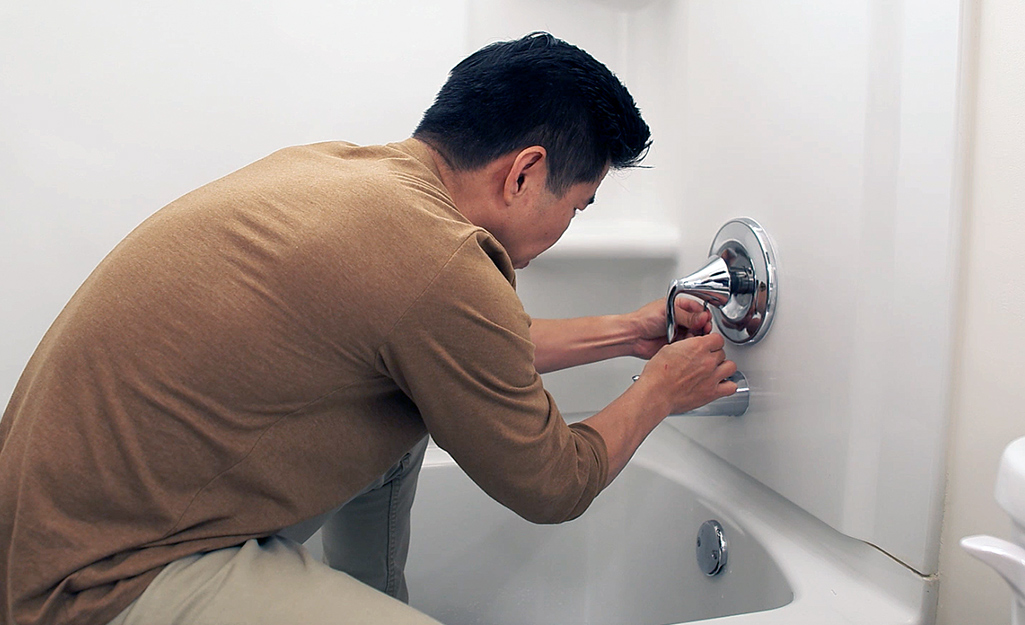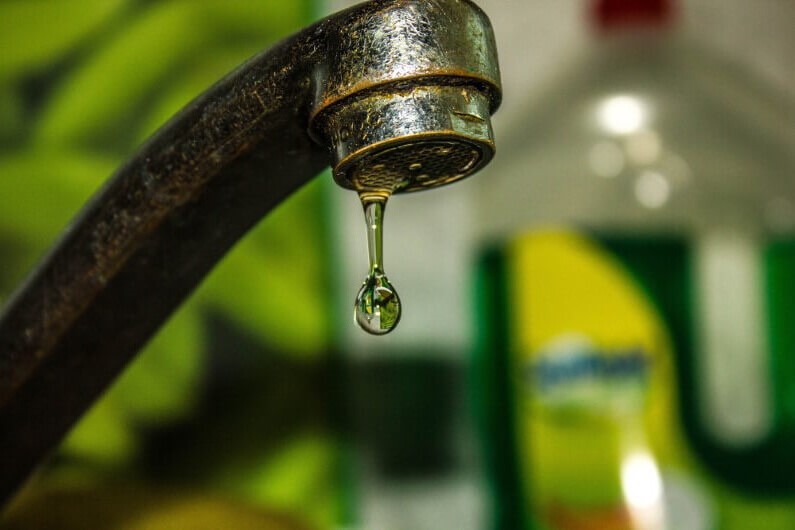Factors Why It's Important to Resolve a Dripping Faucet
Factors Why It's Important to Resolve a Dripping Faucet
Blog Article
How do you really feel with regards to Why Is It Important To Fix Your Leaking Tap/Faucet??

Trickling taps may seem like a small hassle, however their impact surpasses just the annoyance of the sound. From drainage to sustaining unneeded economic expenses and wellness dangers, ignoring a leaking faucet can lead to different effects. In this post, we'll look into why it's critical to address this typical house problem promptly and successfully.
Wastefulness of Water
Environmental Influence
Dripping faucets add dramatically to water waste. According to the Environmental Protection Agency (EPA), a solitary faucet trickling at one drip per second can waste greater than 3,000 gallons of water annually. This not just stress water resources yet likewise influences ecological communities and wildlife depending on them.
Step-by-Step Guide to Taking Care Of a Dripping Faucet
Tools Called for
Before trying to fix a leaking tap, gather the needed devices, including an adjustable wrench, screwdrivers, replacement components (such as washing machines or cartridges), and plumber's tape.
Usual Faucet Issues and Their Solutions
Identify the kind of tap and the specific issue triggering the drip. Typical issues consist of damaged washers, corroded valve seats, or defective O-rings. Describe supplier guidelines or on-line tutorials for detailed advice on fixings.
Financial Prices
Boosted Water Expenses
Beyond the environmental effect, trickling taps can blow up water costs considerably. The built up wastefulness gradually equates into greater energy expenditures, which might have been prevented with prompt fixings.
Prospective Residential Property Damage
In addition, extended trickling can result in harm to components and surface areas surrounding the tap. Water accumulation can trigger discoloration, corrosion, and even architectural concerns if left unattended, leading to extra fixing costs.
Health Concerns
Mold and Mildew Growth
The continuous existence of dampness from a dripping tap develops an ideal setting for mold and mildew and mold growth. These fungi not just jeopardize indoor air quality yet additionally present health and wellness risks, specifically for individuals with breathing problems or allergic reactions.
Waterborne Diseases
Stationary water in dripping taps can become a breeding place for germs and various other microorganisms, raising the threat of waterborne diseases. Pollutants such as Legionella bacteria prosper in stationary water, potentially leading to severe illnesses when ingested or breathed in.
Do it yourself vs. Professional Fixing
Advantages and disadvantages of Do It Yourself Fixing
While some may attempt to repair a dripping tap themselves, DIY repairs come with their own set of challenges. Without appropriate understanding and tools, DIY attempts can exacerbate the issue or lead to insufficient fixings, lengthening the issue.
Benefits of Employing a Professional Plumber
Working with an expert plumber guarantees that the underlying root cause of the leaking faucet is dealt with properly. Plumbings have the proficiency and equipment to diagnose and fix tap problems successfully, saving time and decreasing the threat of further damages.
Environmental Responsibility
Specific Contribution to Preservation
Taking obligation for repairing trickling faucets straightens with wider initiatives toward water preservation and environmental sustainability. Every individual's activities collectively make a considerable influence on protecting valuable sources.
Sustainable Living Practices
By focusing on prompt repair work and taking on water-saving practices, individuals add to lasting living techniques that profit both present and future generations.
Safety nets
Regular Maintenance Tips
To avoid leaking taps, do routine upkeep such as cleansing aerators, inspecting for leaks, and replacing worn-out parts immediately. In addition, consider setting up water-saving tools or upgrading to extra reliable fixtures.
Relevance of Prompt Fixes
Resolving leaking faucets as quickly as they're noticed avoids additional water waste and potential damage, ultimately saving both water and money in the long run.
Impact on Building Value
Perception of Well-Maintained Home
Preserving a property in good condition, consisting of dealing with maintenance issues like dripping taps, enhances its regarded value and value amongst potential purchasers or occupants.
Impact on Resale Worth
Characteristics with properly maintained plumbing fixtures, including taps, command greater resale values in the real estate market. Addressing trickling taps can add to a positive perception during building examinations and arrangements.
Verdict
Addressing a leaking faucet goes beyond mere comfort; it's a vital action toward saving water, decreasing economic costs, and securing wellness and building. Whether through do it yourself repairs or expert help, doing something about it to repair leaking taps is a tiny yet impactful means to promote responsible stewardship of resources and contribute to a healthier, much more sustainable future.
Most Common Reasons for a Leaky Faucet and How to Stop the Drip
Whether it’s your kitchen faucet leaking or a bathroom faucet leaking, one leaky faucet can waste anywhere from three to 30 gallons of water every single day. If the constant drip-drip-drip doesn’t get your attention, your water bill will. The good news is that, by following a few simple steps, chances are pretty good you can fix the problem yourself.
Why is it dripping?
Before you start taking things apart, let’s break down some of the most common causes of a leaky faucet.
Bad O-ring.
A cartridge is a valve that controls the flow of water into the faucet spout. On cartridge faucets there’s an O-ring—the little disc attached to the stem screw that holds the faucet handle in place. If it’s loose or worn-out, it can cause your sink handle to leak. Of course, the cartridge itself could be worn out. If that’s the case, make sure you replace it with the exact same kind.
Corroded valve seat.
The valve seat connects the faucet and the spout. If the leak seems to be coming from the spout, it might be because a buildup of water sediment has corroded the valve seat.
Worn-out washers or seals.
A leaky spout could be caused by a bad washer that rests against the valve seat. It’s just a matter of time before friction takes its toll. It could also be the wrong size washer or one that’s been installed incorrectly. Water sediments can also corrode inlet and outlet seals.
Water pressure.
If the faucet only drips now and then, or when you turn the handles a certain way, you should probably check your home’s water pressure.
Loose or broken parts.
The adjusting ring and packing nuts in the stream screw can become loose over time, causing your sink handle to leak. Try tightening or replacing the packing nut. If the leak is coming from the pipes underneath the sink, you probably have a broken pipe or fitting. If that’s the case, you should definitely call a plumber.
Know your faucet.
Faucets come in a variety of types. Each one has its own assembly—and its own possible causes of leaks. Learning about the four most common kinds of faucets will help you know how to take them apart and make any repairs.
How to stop a leaky faucet
Fixing that leaky faucet doesn’t have to take a lot of time, money, or expertise. It’s usually a simple matter of replacing a worn-out washer or gasket, a loose O ring, or another part. Chances are really good you can do this yourself if you follow these simple steps.
Shut off the water.
Before you tackle the faucet, cut off the water supply to the sink. There should be one valve for hot and one for cold. Hand-turn them clockwise with your hands till they close. If there are no valves under the sink, head to the basement and shut off the main water supply to the house. Then turn on the faucet until it empties out the water that’s still in the line and you’re ready to start. It’s a good idea to cover the sink drain with a plug or a rag so you don’t lose any small pieces and parts while you’re working.

I came across that blog entry about Should I Repair or Replace a Leaky Faucet? while doing a lookup on the search engines. Loved our piece? Please share it. Let other people find it. Thanks a bunch for your time. Please stop by our website back soon.
Report this page